How realistic is the Diversity Initiative when 90% of the student body reports hearing derogatory comments about racial backgrounds? An expert from the University of Pennsylvania weighs in.

Malvern wishes to increase its diversity from 7.5 percent to 20 percent by 2019. I wonder how many of our readers knew this, or gave it any serious thought since the initiative was announced in the fall. As a student leader of the Diversity Club, I have been thinking about this a lot. Currently, we do not even have half the visible diversity of any of our peers in the Inter-Ac. Even with 20 percent we would still be trailing the national average of independent schools at 30 percent.
The Board of Trustees has made a commitment to this plan. In order to attract great students out of the limited amount of visibly diverse students in the area, a school needs to be accessible and welcoming to diverse candidates. Not only on paper, or in mission statements, but also in practice.
However, our student body is far from ready for a more diverse community, according to our recent student survey.
How are we doing with the accessible and welcoming part? We certainly welcome each other. In a survey sent out to the student body recently, 73 percent of students agree the Malvern environment is accepting of who they are. We know the student community is 85 percent catholic and 92.5 percent white. 83 percent of the students who answered identified themselves as conservative or “far right,” whereas, only 1.5 percent students considered themselves “far left.” 60 percent of students live within a 11-30 minutes range from school. We accept who we are, and we call it brotherhood. But how accepting will we be of differences?
In that same survey, 93 percent of students reported hearing insensitive remarks towards gay, lesbians or bisexuals, and 45 percent of them reported hearing those remarks frequently. Eighty percent of students said they hear condescending comments about socio-economic class at school. As for visible diversity, 90 percent of students say they hear derogatory comments about persons of particular racial or ethnic backgrounds, and 38 percent of them say “very often” or “frequently.” These are all statistics from our own students on diversity!
Not only are we similar by race and visible diversity – too many of the student body believes, speaks, and acts in ways that demonstrate being not ready for a more diverse community. It’s not an insurmountable problem, but it’s going to take a lot of hard work. According to outgoing president of our Diversity Club, Anthony Abron, “The student body is not ready or accepting of diversity by any stretch.”
Ms. Ali Michael of University of Pennsylvania’s Center for the Study of Race in Equity in Education offered some advice for our community. According to Michael, the way to deal with 90% of the students hearing derogatory comments is to ask them “What does this say about our community? Is this the community we want to create?”
“Most of the students think that is unacceptable but maybe they think they have to participate in it to fit in,” Michael theorizes. “Also even though 90% of the students hear it, there may be only a small percentage actually saying it.”
Michael, who is Jewish, emailed that she sometimes feels “alienated by Quaker schools that are welcoming to other religions, but don’t honor their traditions. I imagine this could happen at a school that is Christian, but is trying to attract religious diversity.” She states an example of this is “having prayer in the classroom or at major school events that does not work to incorporate all the religious perspectives of the community or an open ended style/deity.”
“It’s important to learn to see Christian privilege if you are a Christian community working to attract people of other religions,” noted Michael.
She states education and training to help the faculty and student body be more racially and culturally proficient is the first step. “The school will also be more attractive to people of color if it seems like people know a thing or two and it’s not a hostile atmosphere,” said Michael.
The Diversity Task force indicated that the Diversity Initiative will cost $10M. To make sure we do not spend even more money, we need to pick our battles, but in order.
According to Malvern’s mission statement for diversity on the website, the ‘foundational text’ for characterizing diversity at the school is the passage: “Whatever you did for the least of my brothers and sisters, you did for me.” (Matthew 25:40) Perhaps, in order to be truly welcoming, we should start with the recognition that diverse or different does not mean ‘least’ or ‘less than.’
UPDATE: Matthew 25:40 was removed from the school’s statement for diversity on its website in June 2014.



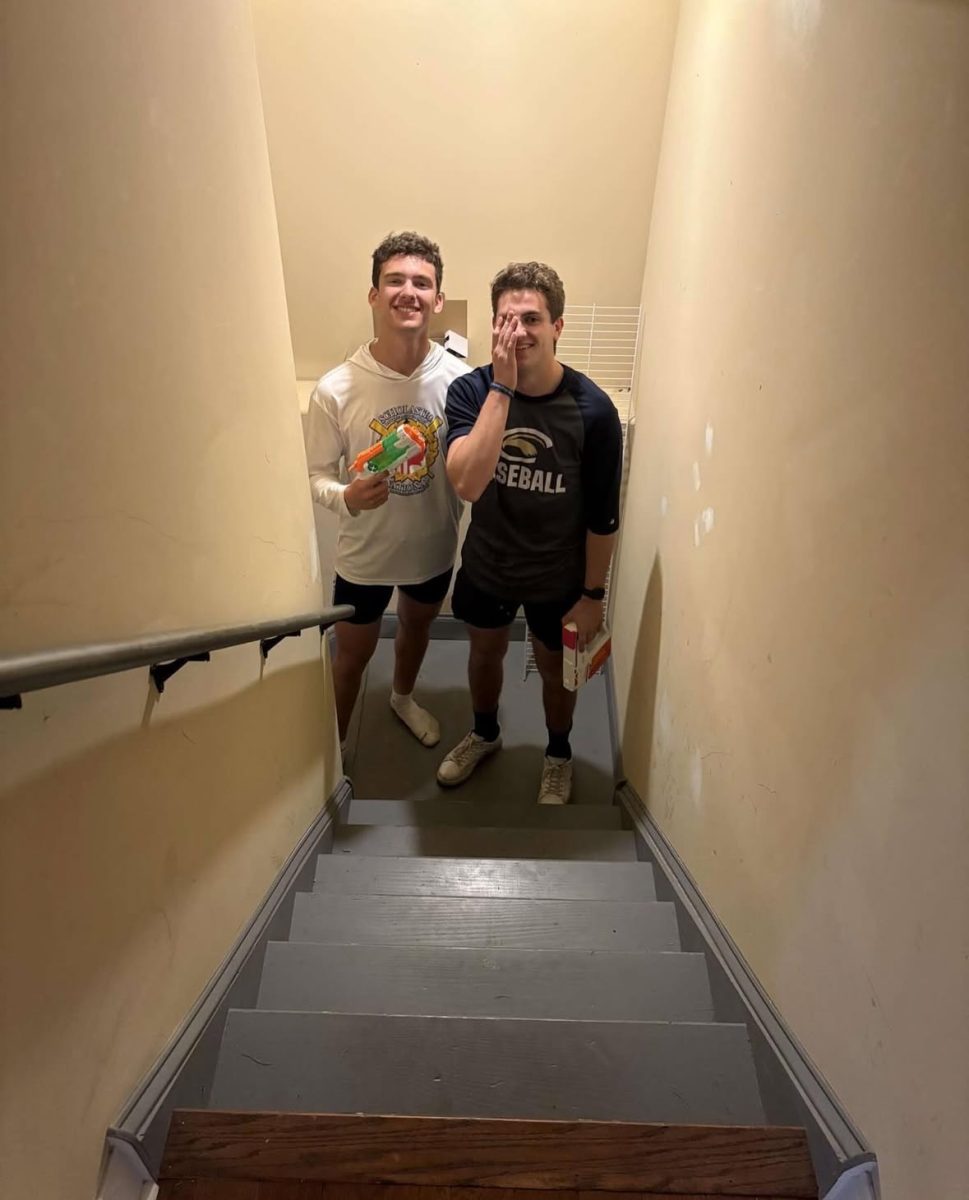
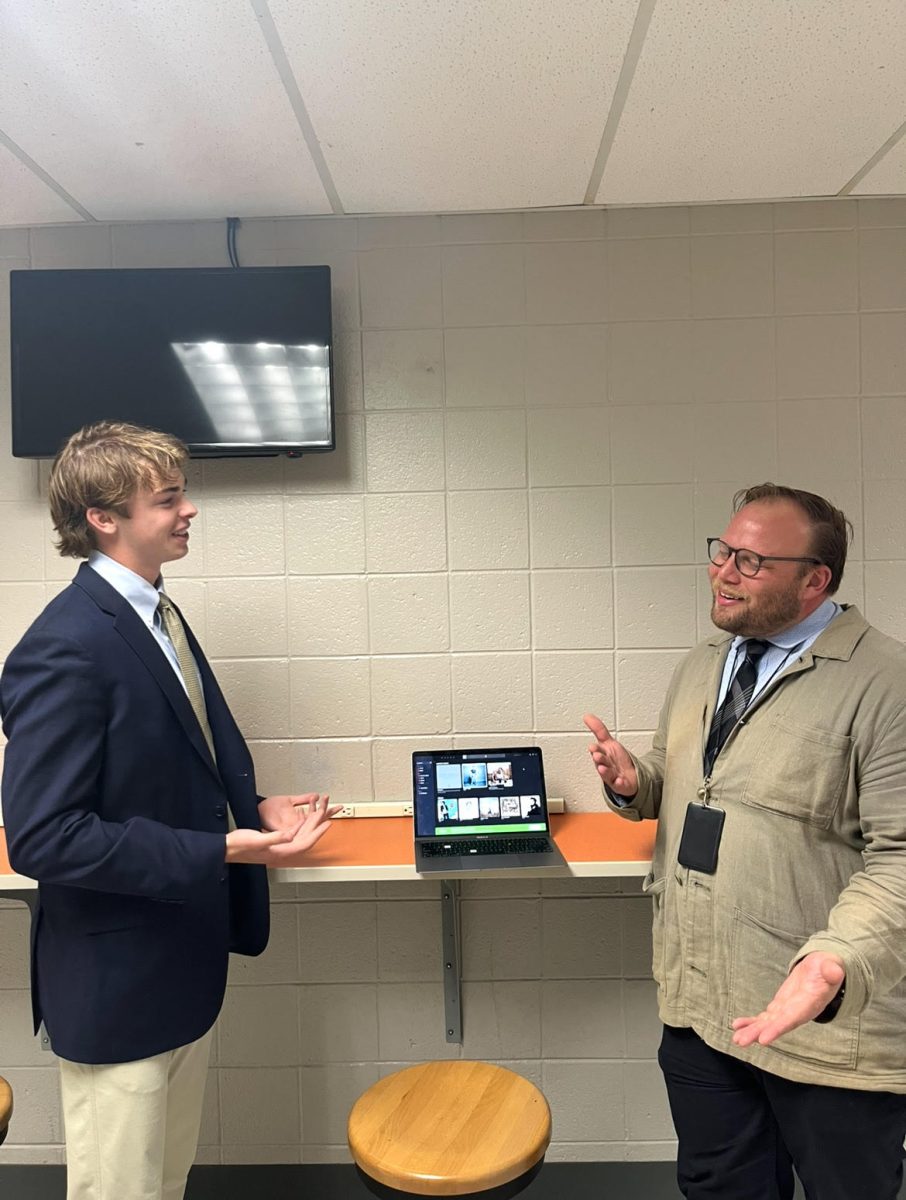
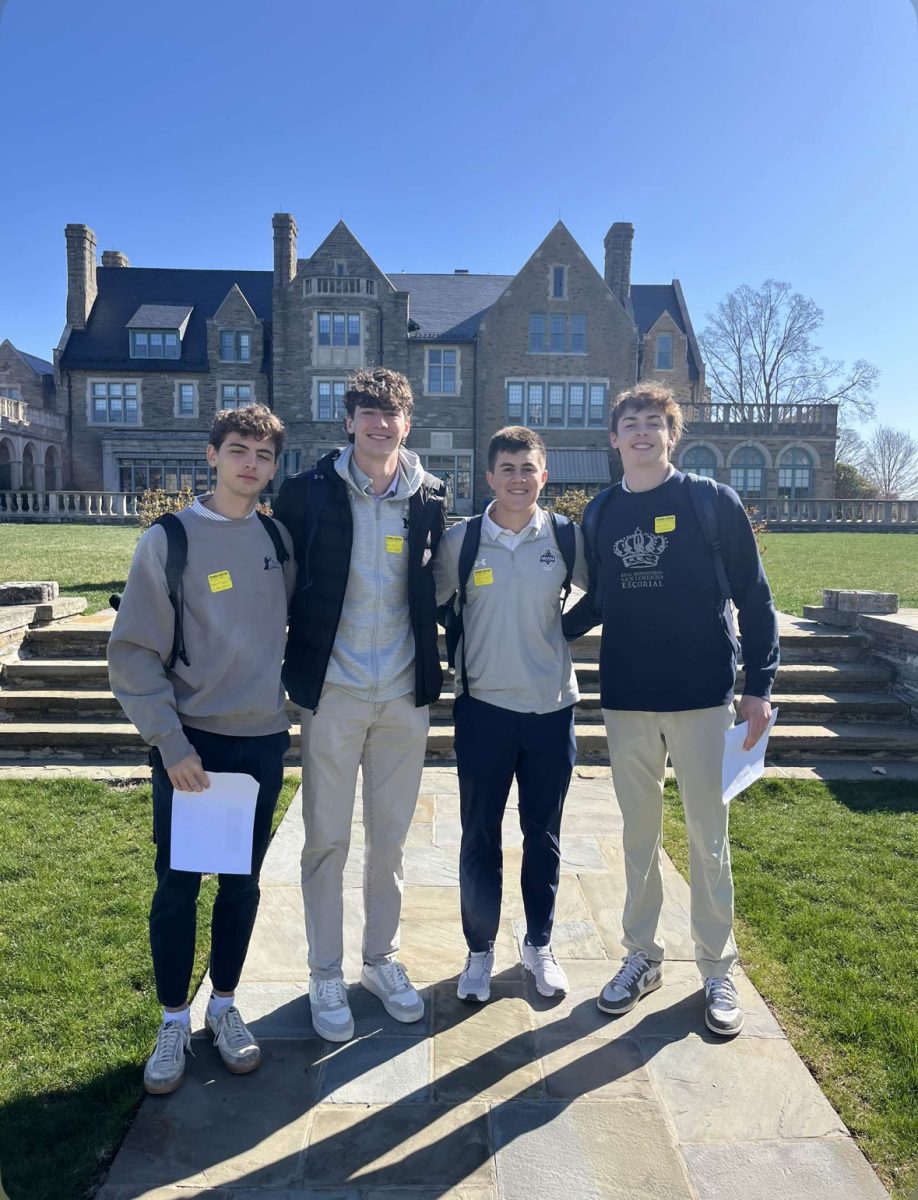
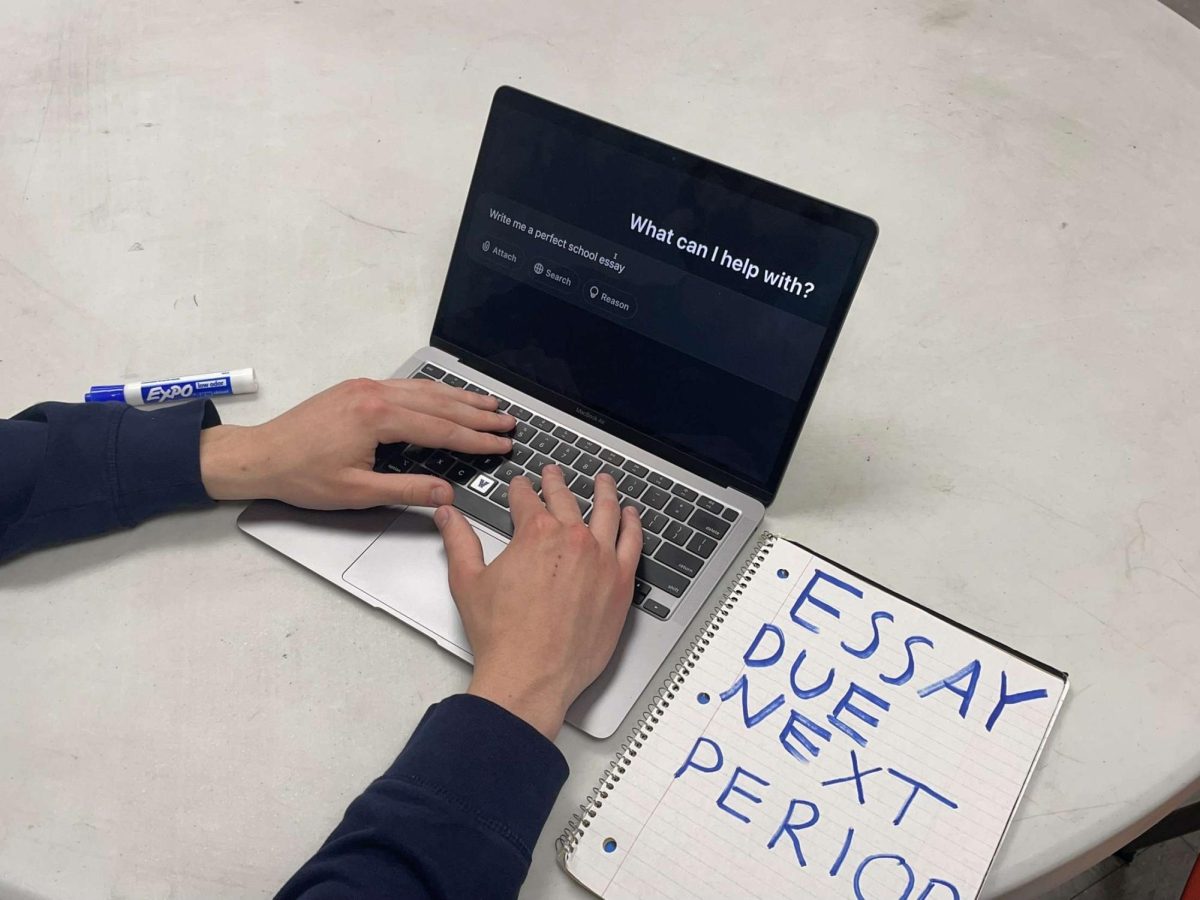
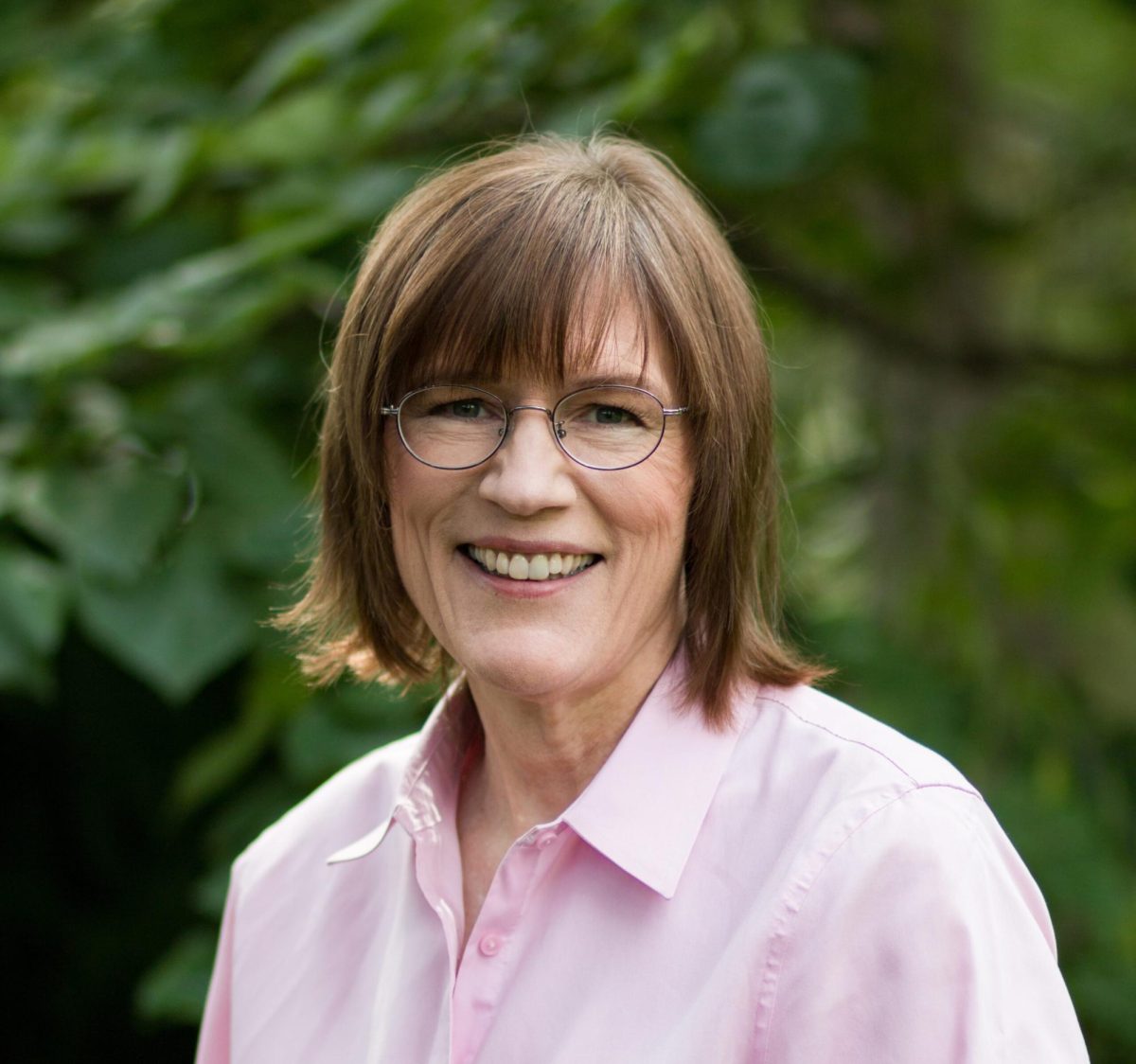



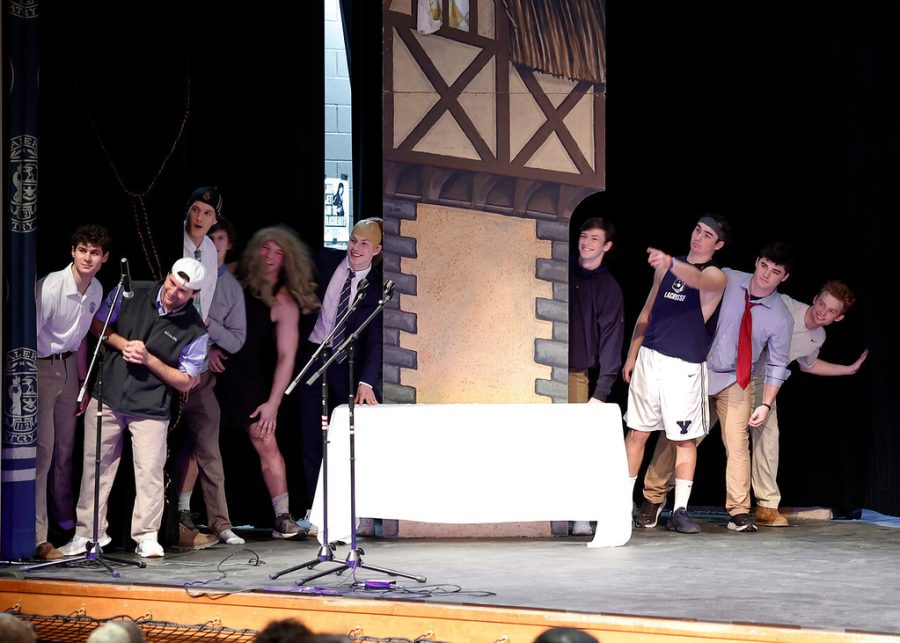
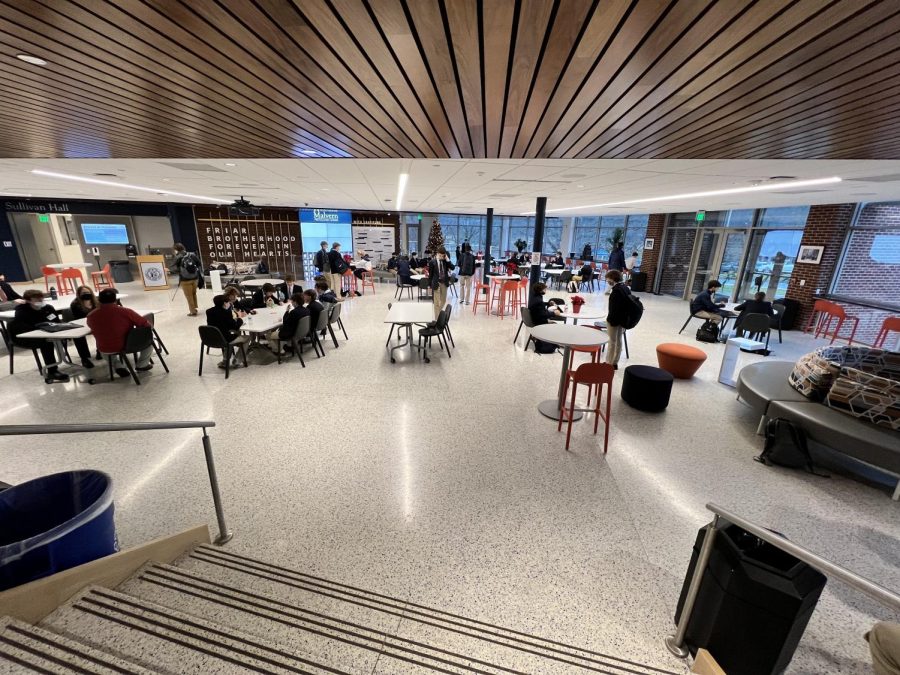
Anonymous • Jun 4, 2014 at 11:27 pm
To whoever thinks this is a ridiculous idea. How about you look at the 2014 graduating class. Let me tell you a quick something about two kids I spent the years of getting to know on a personal level. These kids got up at 5 every morning to catch a train to school. I complain about getting up at 7 to catch that exact same train they rode and they were already up!And they did this for four years! These two students actually came from the inner-city. One is going to the Naval Academy and the other is going to George Washington. The fellow going to GW is graduating in the top 10 percentile of his class! Two other students who I don’t really know on a personal level are going to Michigan and Cornell. I dont know about you but maybe spending a couple million on students who are black woudlnt be a bad idea considering that the black alum whom I have heard of are doing pretty well for themselves in their lives after they left malvern. Why dont you stop by Malvern some time and pull some of these black students over and talk to them and see the struggle they go through just to get to this school. Some may come from a background of which you and I come from: money! Others go through struggles just to get to Malvern. Why don’t you try to learn their goals in life because they share the same goals as you and I. What if Talbot does find a bunch of black kids and put them in school. Just the name of Malvern being put on their resume could better their chances of getting a job out in the real world because we all know that that’s how you really get far where you want to go is if you know people. Think about the lives Talbot could change! Wouldnt you help a fellow brother of yours from Malvern in need? I know i would and i would love to see my brother do better cause isn’t that what Father Flynn preached at Malvern? Brotherhood
Kevin Quinn • Jun 4, 2014 at 9:28 pm
Justice, wonderful piece. I must admit, I was disturbed at some of the statistics you mentioned. As a faculty member, I have only rarely heard insensitive comments from students. I suppose the numbers you quoted suggest that students are more candid among their brothers. I think your main point is spot on: how can we encourage a diverse population to come to MP if we do not offer a welcoming environment? One might infer that the reason we are lagging behind out peer independent schools in diversity is because we don’t yet have an environment conducive to fostering diversity. Perhaps BFC can help change this by publishing more informed and compelling articles such as this.
Anon (same) • Jun 1, 2014 at 6:58 pm
Malvern Prep should be focused on admitting qualified and intelligent students regardless of color. I’m afraid no one is opposing this diversity initiative for fear of being labeled the crippling term of “racist” in today’s society.
Anon • Jun 1, 2014 at 6:53 pm
Malvern is spending 10 million dollars to attract and fill the school with diversity? Let’s be honest. When you say “diversity,” you mean “black.” Are all of these students qualified for the elite institution that is Malvern Preparatory School? 10 million? Seriously? And why would we want to attract students of other religions? Malvern is a private, Catholic prep school on the Main Line. I think Malvern should be more interested in investing in students’ education rather than attracting what are presumably inner-city youth who may or may not be of equal intelligence to the typical Malvern student. As an alumnus, I’m severely disappointed in the direction that this school is headed.
Malvern Grad • Jun 2, 2014 at 11:34 pm
Right Anon, because malvern is totally committed to admitting only the brightest and most intelligent students! I’ll share my story: I almost didn’t get into malvern. In fact, I didn’t. I scored in the 98th percentile on the entrance exam and had exceptional grades at my former school, however I was told that there just wasn’t any room for me. I supposed I wasn’t bright enough to make the cut. Due to a stroke of luck and a meeting with Mr. Stewart, I was admitted to the school at the last minute because he knew and respected my father. I then found out that I was brighter than most of my classmates (most of whom were legacies and athletes). I ended up graduating in the top 10 percent in my class and wouldn’t trade my experience for anything, but I only got into malvern because my dad knew somebody important. What does that tell you? Is that really any worse than accepting a student that brings diversity to the school and makes it more open to people that don’t have a lucky contact? Why should anybody else be denied the chance I had because they have a different background? Academic standards, to my understanding, have never been all that important to malvern. It’s about who you know and where you came from. I’m excited to see that Mr. Talbot plans to change this perception and would be proud to see my alma mater become more diverse.
Jim Mack • Jun 1, 2014 at 6:07 pm
Justice,
I completely agree with your last paragraph. That quote has no place in our thinking about diversity. For now, we have removed that quote. Moving forward, we will think harder about the ways we address this complex topic at Malvern. – Jim Mack – Associate Director of Communications & PR